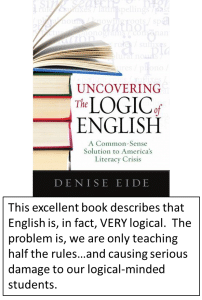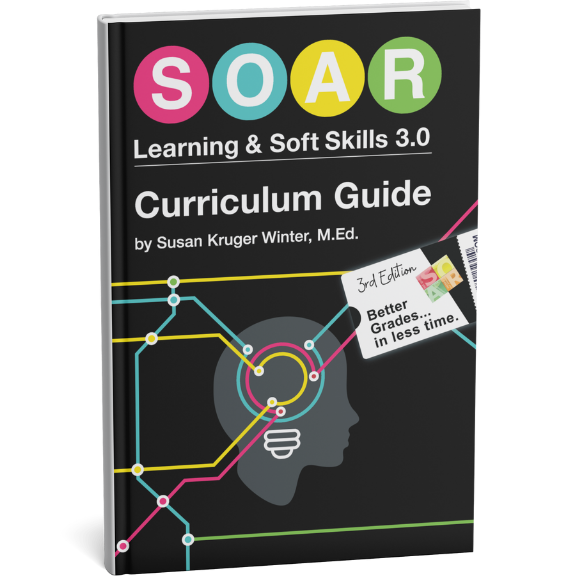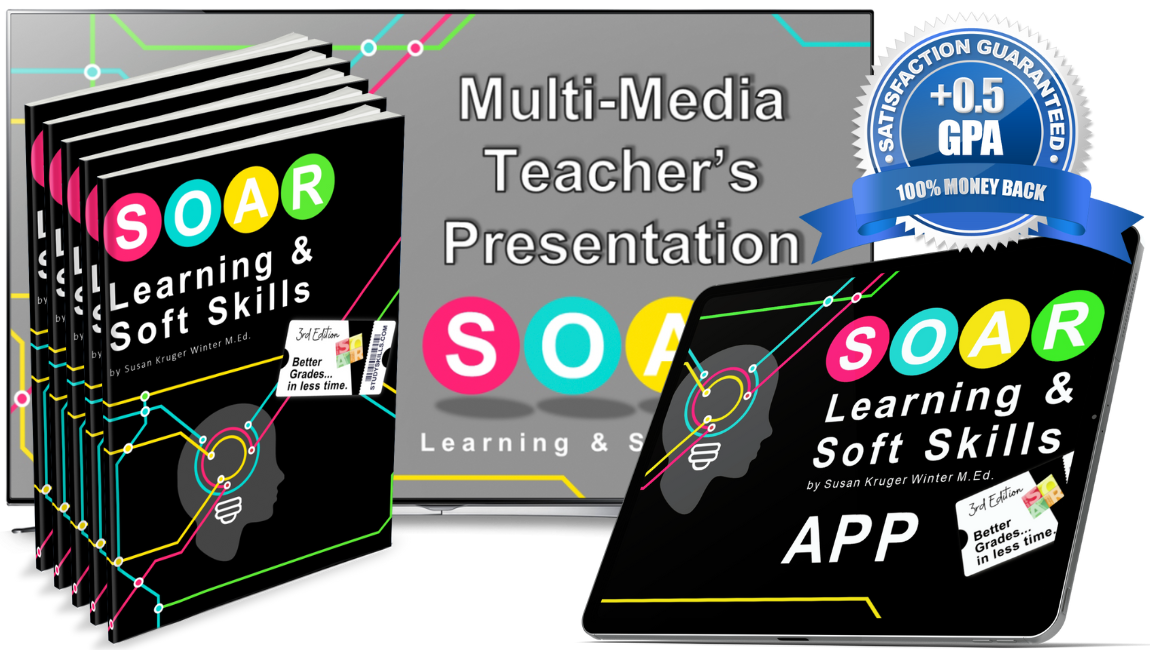Learning Disability or Instructional Deficiency?
The more I learn about learning disabilities, the more I see that the “best practices” for educating students with learning disabilities are actually considered “best practices” for all learners. For example, math and reading interventions focus heavily on “hands-on” and “experiential” learning activities.
Isn’t it well known that all students learn best when they can get actively involved in new learning topics? Why do we need special “intervention” programs to deliver this great instruction to struggling learners? Why not teach everyone this way?
I also question the label, “learning disabilities.” Take a close look at reading; in the United States, most students are struggling. 69% of eighth-graders are reading below grade-level*. 48% of adults are not proficient readers*.
Are These “Learning Disabilities” or “Instructional Deficiencies?”

This though has quietly been brewing in my head for a while. It would “bubble” to my awareness every now and again but finally crystallized one day. The lightning strike came while reading an excellent book called, Uncovering the Logic of English, by Denise Eide.
Eide describes the common misconception that English is an “illogical” language. She argues that English is, in fact, very logical! The problem is that traditional reading instruction does not teach all of the rules.
I am a certified reading specialist and have been studying reading instruction for years, but most of the information in Eide’s book was completely new to me. I learned several new spelling and decoding rules I had never seen before. No wonder people THINK English is not logical!
Eide provides plenty of examples to support her claim, but the following passage spoke volumes to me! If you are a parent or educator, this passage from Eide’s is a MUST-READ! She provides critical information and insights for all of us…
For example, consider the phonogram (letter) [s]. Most programs teach that [s] has one sound, /s/. However, this does not account for very simple words such as is, his, has, was, rise, and does. When incomplete phonics is taught, students who think more logically and literally decode is and his as /?s/ and /h?s/.
It is important to understand that these students are not wrong; they are doing exactly what they were told to do.
Compounding the problem is the fact that [s] is added to English nouns to form the plural. Most plurals are pronounced /z/, such as chairs, cars, houses, tables, pencils, pens, papers, etc. When the plurals are considered, [s] says /z/ 70% of the time. Certainly a sound that occurs 70% of the time is not an exception. Both sounds should be taught clearly from the beginning.
Logical/literal students are our future engineers, mathematicians, and scientists. When we tell them that [s] says /s/, they apply it to every [s] they see and quickly discover that most of the S’s do not say /s/. In fact, most the letters do not sound anything like they were told. This short-circuits their logical minds. Many of these students become discouraged by English.
I am convinced this is one of the reasons that boys tend to struggle with reading more than girls. Many boys think logically and literally. Girls generally tend to be more intuitive. Logical students do not tolerate inconsistent rules. The smattering of phonics usually given to them is not only unhelpful; it is damaging.
At a time in history when our economy relies on advancements in science and engineering, we cannot afford to impair these gifted citizens by not teaching them English in a manner that respects how their minds work.
We Are Short-Circuiting Our Student’s Brains!
I vividly remember being in 1st grade and thinking about reading, “Why even have rules? There are more exceptions than there are rules!” I remember this thought so clearly, I could take you to the room I was in and the carpet square I was staring at. I felt totally frustrated! But, of course, I thought it was “just me.” “I must be missing something,” I often thought.
Fast-forward 30 years and I have a beautiful and bright 7 year-old who is clearly exasperated with reading. We have spent a lot of time working through an excellent reading escort program with him (All About Spelling, an Orton-Gillingham-based program) and I am thrilled to report that his reading is significantly improving.
But, why did we have to lose a full year of first grade battling with his school to get him the instruction he needed? Why did we have to spend thousands of dollars on formal assessments, just to get Official Paperwork to prove to his school that he was actually struggling? Why did we have to spend all of the extra time and money to provide this instruction on our own? Why isn’t this explicit instruction taught to all students? It would be beneficial for everyone.
The vast majority of educators (including me, as a reading specialist) only know half the rules. By neglecting the other half of the rules, our students feel like something is wrong with them. This is very damaging.
Is “Whole Language” Dead?
Not exactly. As with most things in education (and life), we have a tendency to put things in an “either/or” silo. Either you are a republican or a democrat. It either tastes great or it is less filling. It is either whole-language or it is phonics.
The best way to teach reading, however, is to blend a balance of whole-language concepts with direct, explicit, and COMPLETE phonics instruction. Then, add a heaping tablespoon of “let’s-get-fired-up-about-reading-by-finding-things-you-LOVE-to-read!”
That is the recipe for success. It’s a little bit of whole-language. And a little bit of phonics. A little bit of science. And a little bit of art (As noted in last week’s article. Also see more information about effective reading instruction here.)
How To Help Our Students Now
For starters, I highly recommend Denise Eide’s book, Uncovering the Logic of English. Next week, I will share some thoughts on how I might use this information in an “intervention” setting to help students NOW. But, I will also share thoughts on incorporating this information into mainstream education so we can prevent more students from needing intervention in the first place!
-Susan Kruger
*According to The National Center for Education Statistics.
EB 050217
Six Steps
Conquer the Chaos
Get Our Free Guide & Information on...
 How to Organize & Motivate Students for Success
How to Organize & Motivate Students for Success
"*" indicates required fields
Get Our FREE Curriculum Guide!
The SOAR® Curriculum
The most critical learning, organizing, and communication skills needed for school. Learn more here.
Who’s Using SOAR®?
SOAR® Guarantee
Click here to learn more.




